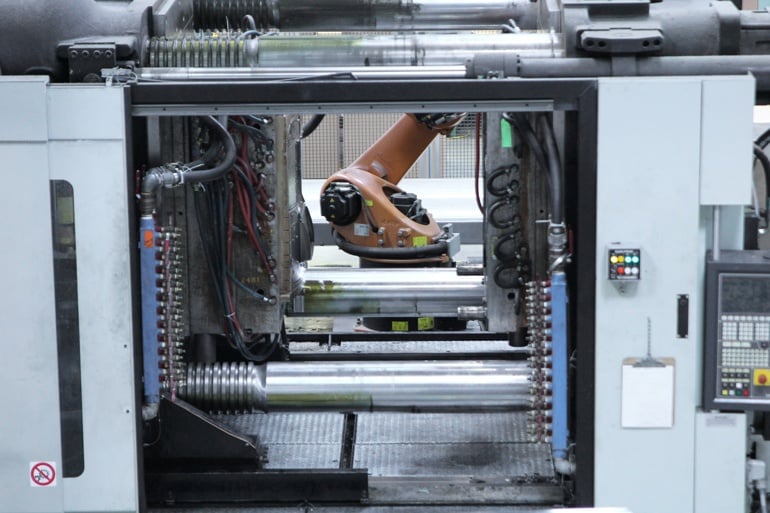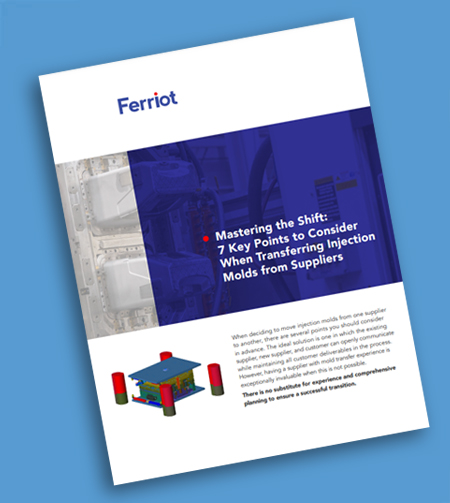The recognized industry journal Machine Design just profiled Ferriot’s injection molding checklist in a recent article published on its website.
Design engineers know that planning is the most important step when it comes to any process, and injection molding is no exception. Working with an injection molder gives you the advantage of being able to focus on key design decisions rather than the in and outs of the molding process. Before diving in to the production stage, though, there are key considerations that you and your injection molder should agree on to avoid cost and time overruns.

A great first step is clearly defining project overview considerations. You should be aligned on key questions such as:
- What is the end function of the part?
- What is the market that it will serve? Automotive, industrial, consumer, medical?
- What are the key deadlines and milestone that must be met?
- What are the most important objectives for the part? Is it to reduce costs by combining multiple parts into one? Improve functionality? All of the above?
Making sure you and your injection molder are on the same page in terms of project goals and priorities ensures a smoother process from start to finish, eliminating costly changes midstream or even after production.
Next, you’ll want to agree upon the molding technologies to suit your application. From traditional injection molding to gas-assisted injection molding, each method has its own benefits unique to the application. Clearly outlining the objectives will help make the selection of the technology much easier and effective in the long run.
From material selection, to overall cost, to the product’s intended lifecycle, there are a host of considerations that should be on your injection molding checklist before you start the production process. To learn how to best tackle injection molded parts development, read our entire checklist and more in our Design Engineering Injection Molding Handbook.



